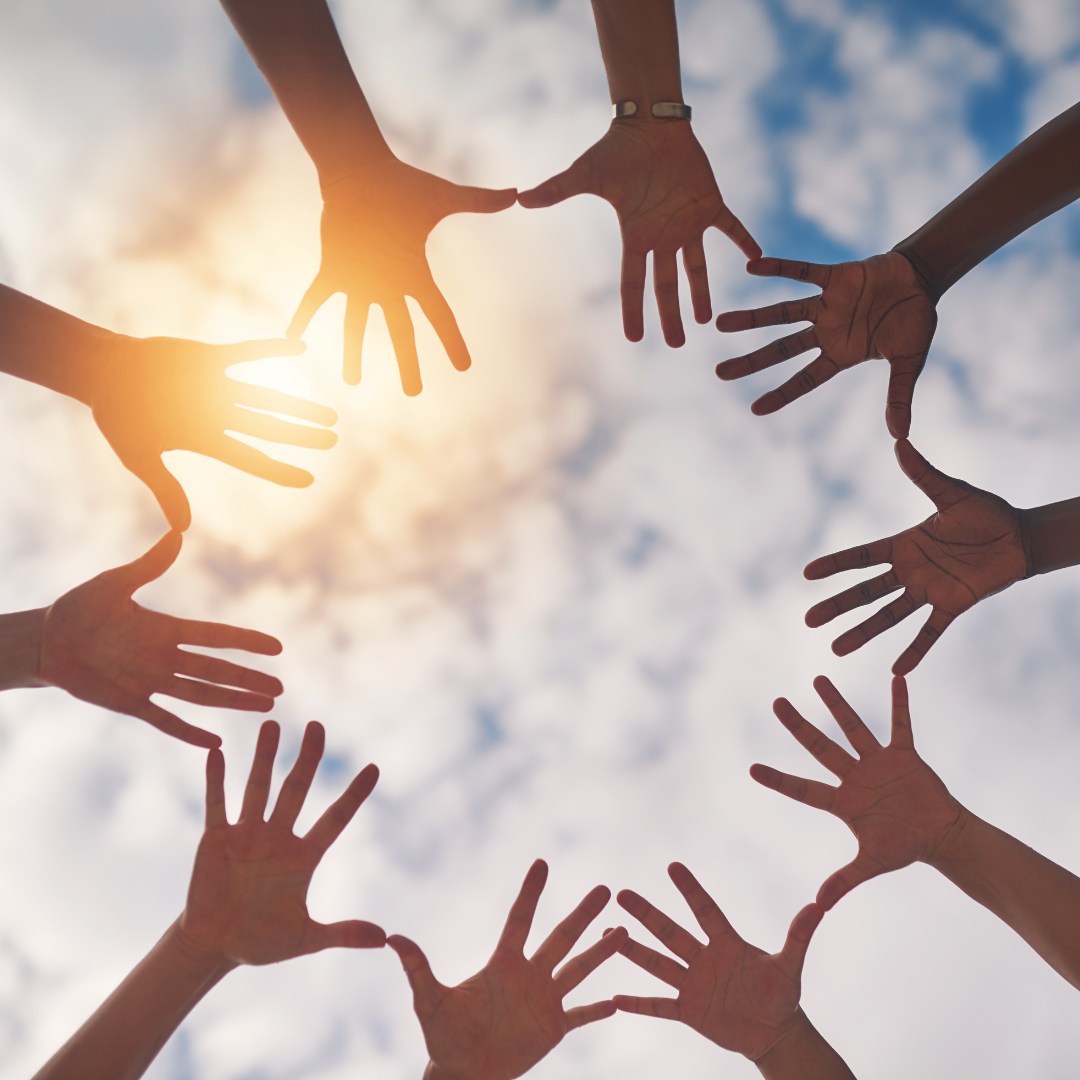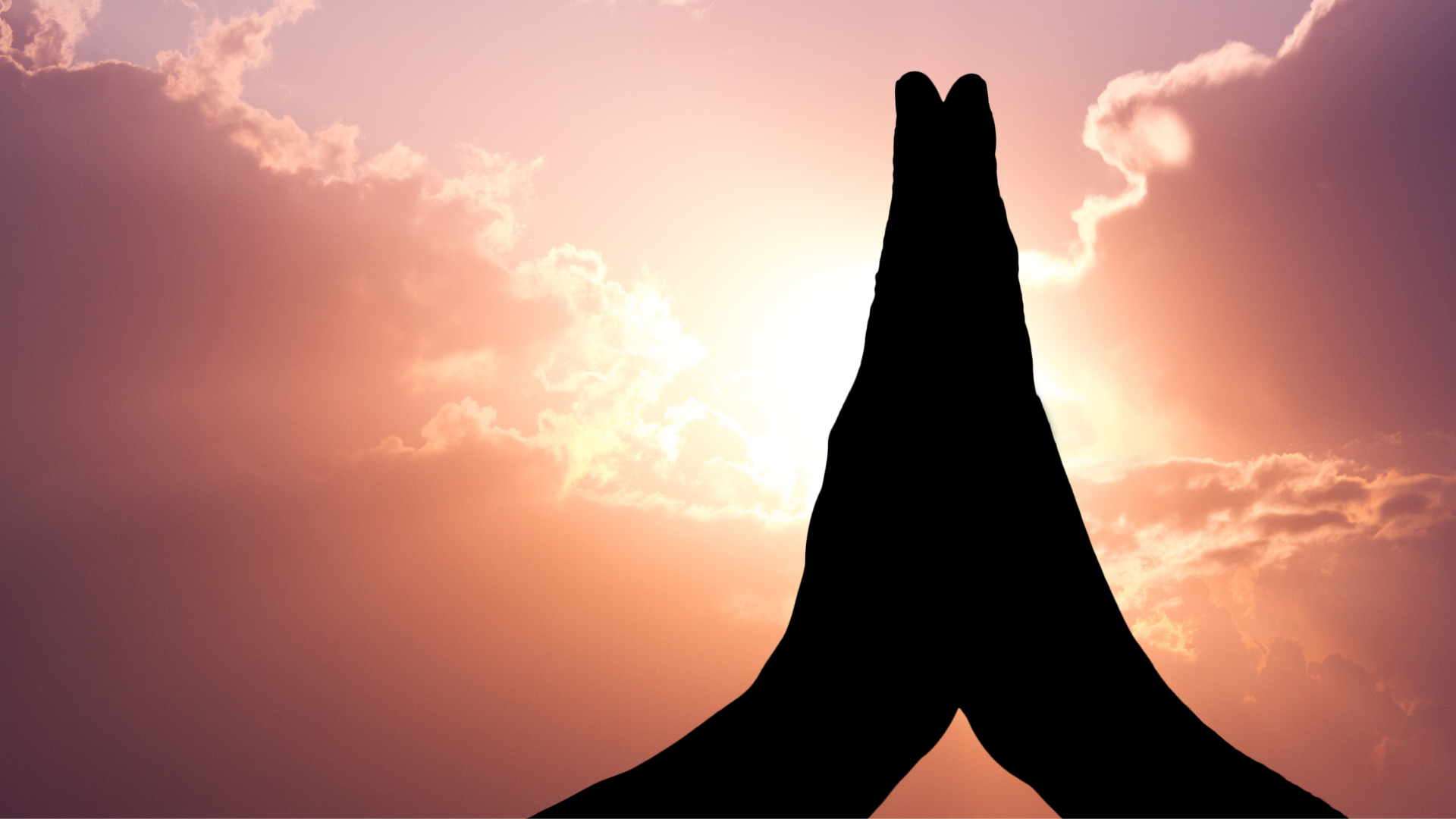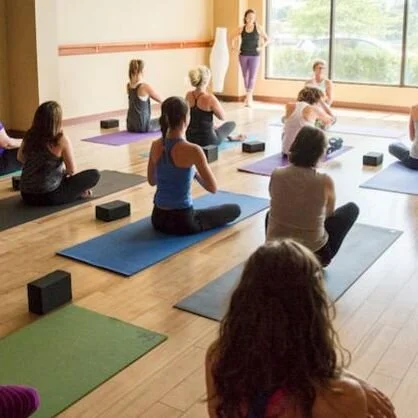Marcia's Musings: When Anger Comes Calling
/What should I do with anger that flares up with an intensity that I thought impossible at this time of life? What should I do with the pent-up energy for, and the pull toward, change? How shall I participate in change without burning up, energetically and physically speaking? Sometimes the words from the old movie Network – “I'm mad as hell, and I can’t take it anymore”- ring in my ears. How do I deal with anger kindly – toward myself and others?
Encouraged to be a leader by both mother and father and to get along with people at the same time made me aware of anger – the need for it as a fuel of change and the balancing act of controlling it. Encouraged to be moderate in thinking, kind in words, and committed to social justice from my Christian roots of love, how am I – how are we – to navigate in a time characterized by so much that I do not recognize? We currently write the history of weaponizing the other; rushing to our polarized corners with our figurative boxing gloves tied tightly; glomming onto misinformation, and trusting innuendo and rumor. We refuse to do deep work to find out what is true.
I worked hard to understand anger and to appropriately harness it. That curiosity helped to manage the famous Appel anger for a long time. When an unbridled anger once again roiled deeply within me, it took friend Julie to nudge me to look at myself more closely. She questioned my habitual outward-facing calm demeanor. From her words I heard, “I cannot identify with you as much now because you don’t seem your authentic self.” Her words pushed me to confront my True Self, the one she and a few others know only too well (and perhaps tolerate).
I called in the observer, such a great friend, to watch myself in each present moment. The observer spotted some clues and asked some questions. What does this new firm set of your jaw mean? Why is there an urgent tone in your internal voice, longing to be released in speaking and writing? The observer reported a masking of thoughts and emotions and a stifled desire to more openly stand up and be counted for what I hold dear while still living my yoga.
The big problems we face as a society often trigger my anger:
We choke on the smoke of Canadian wildfires, watch our parched Minnesota land, rivers, and lakes dry up for the third consecutive summer, and observe with increasing horror the unrelenting assaults on nature and nature fighting back. How then can we continue to debate whether there is climate change? And if we care about the future of our children, grandchildren, and all the world’s sentient beings, why can’t we stop fighting about this and agree to do something?
Why are women under assault and stymied in making their own decisions about everything from their bodies to their dreams? Why are they denied access to the highest level of leadership by a glass ceiling fortressed by the minority power elite even though they post much higher college graduation rates (58% in 2019 - 2021 compared to 50% in 1980 - 1981) and yet a severe wage gap still persists ? Why are they forced to fight battles already won and once protected by “precedence”? I thought our daughters would be in a better place than my generation and live to the full potential of their heart’s deepest longing. Instead, they encounter growing impediments – lack of affordable childcare, the highest mortality rate in giving birth among the industrial nations, and renewed discrimination and threats to physical and emotional well-being. Can you feel my blood boiling?
What makes us humans so afraid of the truth and of change? Why do we cling to that which is harming us? What is the role of anger in breaking through our own intractability and deeply embedded beliefs? Take, for example, gun violence. In the first 150 days of 2023, there were 263 mass shooting and 327 victims killed, the highest number ever in this time period. Really?
Why can’t we talk to each other any longer, practicing active listening and kind speech? What has happened to our sense of community and the willingness to come together for the common good? Even librarians receive death threats about which books should be included on the shelves - librarians! I wonder if we faced another World War II, would we come together or be torn apart?
When it comes to anger, I warm to the words of Sylvia Boorstein, a noted Jewish American author, psychotherapist, and Buddhist scholar who once said in an interview, “Anger’s not the issue. It’s what we do with anger that matters.” Getting in touch with our anger allows us to confront destructive social structures, as we must, according to Buddhist teachings, and to not feel shamed by this emotion, which women particularly do because of eons of socialization. Buried anger when unattended burns us up, casts us into depression, or injures others.
The Buddha’s teachings find echoes in the Bible in Ephesians, among other of its books. “Therefore, having put away falsehood, let each of you speak the truth with your neighbor, for we are members of one of another. Be angry without harming; do not let the sun go down on your anger….” Modern examples of falsehood abound – conspiracy theories, misinformation, gossip, rumors, and outright lies. When people use these harmful tools, they most often seek unlimited power and control.
I’m tired of couching truth, of letting coarseness and domination continue, of not describing what my eyes witness. When I bury anger, I bury my authentic self, too. I feel false. Sooner or later, anger bubbles forth anyway from being bottled up for so long. What, then, do we do with anger? I’m trying these heathy practices to help me constructively deal with anger:
The Practice of Feeling Anger in My Body
I can’t say it better than this quote from Tricycle magazine, as a woman speaking to other women: “Rather than shaping themselves into pretzels in service of distorted and immature power – which leaves them muted, manipulative, frustrated, damaged, and damaging – women can recognize outrage at its root: the activated energy experienced in their bodies. This energy, when distilled into clarity and wisdom, burns away the dross of self-seeking desires and fears. It cuts through one’s subtle addiction to transcendent, calm states – an addiction all too common among dharma practitioners.” This precisely mirrors what my friend helped me to see. Now, my pretzel days are in the rearview mirror once again, my grounded energy is ascendant.
The Practice of Active Listening and Kind Speaking – Being Nice
For many years, largely because of where I was born and how I was raised, I could listen carefully to a person whose ideas might be diametrically opposed to mine, to stay in relationship, to learn, and to explain my position. This skill eroded the last six years as power-hungry leaders, feeling threatened by change, pushed a civil society toward incivility. Hunkering into our corners, though, tears us apart, and so I’ve recommitted to active listening while being clear and kind in communicating my point of view, what used to be referred to as being nice.
Niceness sometimes gets a bad name if we offer it inauthentically. I’m reminded of what Fred Rogers’ (Mr. Rogers) wife said about her husband when she was asked how he could be so consistently nice. Her reply rebuffed the idea of him being a saint: “He works at it all the time,” she said. “It’s a practice.”
Tom Hanks, who portrayed Mr. Rogers in a movie and has a reputation of being a nice guy, said in a recent interview with Ezra Klein of the New York Times: “Well, it (niceness) does require a certain degree of work, but there also has to be with it, I think, a sense of the value [applied] to it. It’s valuable to the self. What do we all want to be, Ezra? I think we all want to be compassionate, right? I think we all want to be both enlightening and enlightened by all that we go through, all that we discover, and all that we witness. And I think also that we all want to experience joy, and if there is a way to create it, I think we all want to create joy….”
Angry words, wounding words, mean words, once unleashed, damage the world and prevent joy. Given that I will no longer bury my point of view - to become a pretzel, which only leads to further separation and solves no problems - these are the practices I created to manage my anger:
The Practice of Mindfulness
Mindfulness proves to be a trusted companion when dealing with anger. Being mindful of the presence of anger in my body, how it feels, and how it pushes for release, permits me to burn off enough anger so that I act out of thoughtfulness rather than reacting out of frustration. By showing up for each moment and each breath, anger finds its way out of my system, and I come to understand myself better. Mindfulness Meditation and Yoga training and classes keep me grounded, centered, alive, awake, and aware.
The Practice of Studying
This helps me build understanding. Even in my seventh decade, learning feels like a muscle that needs to be exercised. I remember the first time I took a workshop that explored the Bhagavad Gita, an ancient yoga text that explores so many emotions and situations, including anger. I’ve reread it multiple times and participated in additional explorations, including the one offered annually at Green Lotus. I resonate to our approach because it is offered in a book club format; each time I participate, I learn something new from others in the course and walk away with new tools to support my True Self.
The Practice of Breathwork
Breath practices calm the fires of anger and bring equilibrium to my system. They buy me time to develop effective strategies that may advance change without lashing out or burying what I believe are powerful actions to benefit the common good. The study of Pranayama – breathwork – will benefit you and those around you, even little children who innately seem to appreciate it.
The Practice of Spouting Off to a Trusted Friend
At first glance, this may seem risky or simply not possible for you to do. It is. A week or so after Julie prodded me, I called her and said, “I’m so angry. I feel murderous. Will you listen to me?” By giving voice to my anger in a safe space with a safe person, I burned off some unmanageable energy and focused on my heart’s desire to make change in appropriate ways. Julie said to me, “I love it when you’re mad.” That’s a safe space and a safe person - she made me laugh. I found my voice without feeling I should apologize and without retreating into my corner. We find support in sangha – in friendships, in community organizations, in yoga classes, support groups, workshops, and other safe places in which we can figure things out.
The Practice of the Middle Way
I believe in, and I try to live life, from the middle path. I will go to my grave committed to finding common ground for the common good, and my embodied experience has taught me that extreme positions lead to extremists. Driven by entrenched beliefs, extremists bully, kill, maim, embarrass, and harass others, and they obscure the truth. It is how they seek or retain power. Recently, a woman in Iowa said in an interview: “If I hear someone say that they will work with others ‘across the aisle’, well, I see that as weakness and betrayal.” To that I say: Beware of leaving the middle way. We’re in this together, whether we like it or not, and together, we can work through problems to benefit all.
I want to be as truthful with you as I am able. Acknowledging my anger, exploring its roots, and deciding where and when to act feels good. Part of my life’s purpose is to speak out against what harms and on behalf of what repairs. I believe in, and I try to act from, the middle way. I’ve come to know that feeling and acknowledging anger is what best keeps me there and true to myself. I’ve untied the knots of the pretzel. I feel more vital and energized than I have in years, and I’m grateful for that. And, like the Velveteen Rabbit,
I feel real.
Thank you for listening. If you need a safe space with a safe person to talk to, here I am.


































